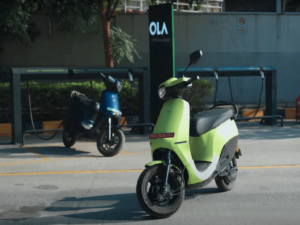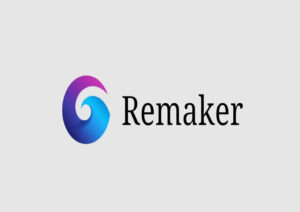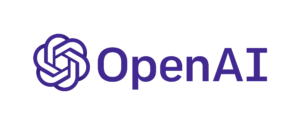Generative Artificial Intelligence (AI) refers to a subset of AI techniques that involve generating new data, such as images, text, audio, or video, based on patterns and structures learned from existing data. Unlike traditional AI models that focus on classification or prediction tasks, generative AI models aim to create new content that is similar to the training data but is not an exact replica.
There are several approaches to generative AI, including:
- Generative Adversarial Networks (GANs): GANs consist of two neural networks—the generator and the discriminator—trained simultaneously in a competitive manner. The generator aims to produce realistic samples that resemble the training data, while the discriminator tries to distinguish between real and generated samples. Through this adversarial training process, GANs can generate highly realistic images, videos, and other types of data.
- ariational Autoencoders (VAEs): VAEs are a type of neural network architecture that learns to encode input data into a lower-dimensional latent space and then decode it back into the original data space. VAEs are probabilistic models that learn the underlying distribution of the training data and can generate new samples by sampling from the learned latent space.
- Autoregressive Models: Autoregressive models, such as Recurrent Neural Networks (RNNs) and Transformers, generate sequential data by modeling the conditional probability of each element in the sequence given the previous elements. These models are commonly used for generating text, speech, and time-series data.
- Flow-based Models: Flow-based models learn a bijective mapping between the input data and a latent space, allowing for efficient generation of samples from the learned distribution. Flow-based models are often used for generating high-resolution images and other complex data types.
How does generative AI work?
- Generative AI works by using an ML model to learn the patterns and relationships in a dataset of human-created content.”
- “It then uses the learned patterns to generate new content.”
- “The most common way to train a generative AI model is to use supervised learning – the model is given a set of human-created content and corresponding labels.”
- “It then learns to generate content that is similar to the human-created content and labeled with the same labels.”
Generative AI has numerous applications across various domains, including:
- Image Generation: Generating realistic images for applications such as content creation, art generation, and data augmentation.
- Text Generation: Creating natural language text for tasks such as language translation, dialogue generation, and content creation.
- Music and Audio Generation: Generating music compositions, audio samples, and voice synthesis.
- Video Generation: Creating synthetic video content, such as deepfake videos, animation, and video synthesis.
Generative AI continues to advance rapidly, with ongoing research focusing on improving the realism, diversity, and controllability of generated content across different modalities.
Some examples of generative AI are:
- ChatGPT: A conversational system that uses GPT-4, a large language model, to chat with users about various topics and tasks. ChatGPT can also chat with images, voice, and create images from text descriptions.
- DALL-E: An image generation system that uses a large language model to create images from text descriptions. DALL-E can generate images that combine different concepts, attributes, and styles, such as “an armchair in the shape of an avocado” or “a snail made of a harp”.
- Fronty: A tool that uses artificial intelligence to convert images to HTML and CSS code. You can upload your design or screenshot, edit the code, and host your website on Fronty’s managed hosting service.
- Copilot: An artificial intelligence assistant that helps you with various tasks, such as finding information, creating content, and learning new skills. Copilot is powered by a large language model that can understand natural language and generate relevant and useful responses.








